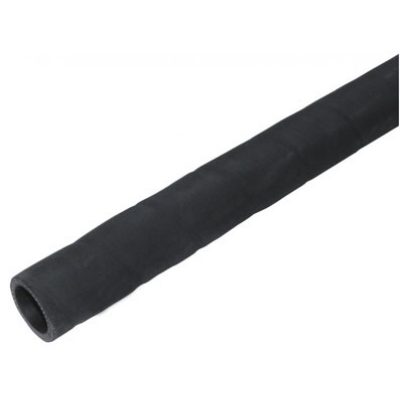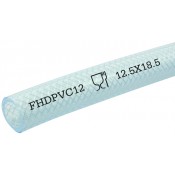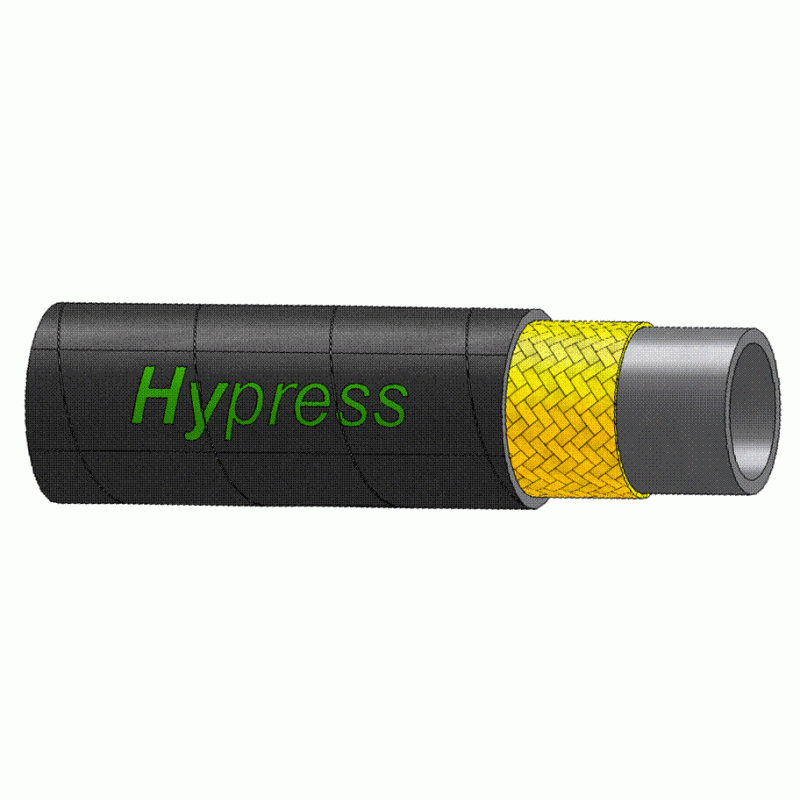With so many different options available, it can be hard to know exactly which hose is needed in order to transport the relevant substance you are working with. With different hoses suited to very specific substances, temperatures and product transfers what is the best hose to use for the industry you work in?
Read on to find out the best hoses to use to transfer products from these particular categories ; heated products, gases, food and chemicals.
Heat/Radiator Hoses

Heated or radiator hoses are specifically designed so that that the heated medium that is passing through is able to remain at a constant temperature. The types of substances transferred are usually oil, wax and grease but can be used for a range of different substances transfer.
Our heat transfer hose is able to withstand both freezing and scolding temperatures ranging from -30 degrees C to +100 degrees C, due to the hose being anti-freeze, heat and weather resistant. This is achievable through the EPDM rubber which is used with a synthetic textile reinforcement.
Oxygen and Gases
As the leading supplier of hydraulic hoses, we know a thing or two when it comes to transferring gases. Hydraulic hoses are used to ensure the transfer of liquids and gases from different locations are at the correct pressure.

Gas hoses in particular are used for a variety of different purposes. Our low-medium pressure hoses are used for transferring neutral and natural gases. These are made from oil resistant synthetic rubber and one steel wire braid.

Hoses for high pressure gases are mainly used for activities such as gas cylinder filling and emptying, ours in particular have a maximum working pressure of 400 Bar. You can visually see the difference, as shown in these examples, as the high pressure hose has two steel wire braids for maximised reinforcement.
If you are wanting to know more about hydraulic hoses for the transfer of liquids in particular, then please check out our previous post to find out which hoses are best suited for specific liquids.
Food

Food transfer hoses can have contact with both food products and produce, as well as semi-finished food products. Therefore, it’s important that the hose material contains no constituents that can be transported into food in order to protect the content quality and adhere to health and safety standards.
We have created our Reinforced PVC Hoses which are not only suitable for food transfer but are resistant to most oxidising and reducing agents, including dilute acids and alkalines.
Chemicals

Chemical transfer hoses have a very specific use, which is transferring both organic and inorganic chemicals including acids, salt solutions, hydrocarbons, solvents, chlorine and many more. Mainly used for the chemical, pharmaceutical, scientific and occasionally the food industry, our hoses are able to handle the transferring of around 90% of all known chemicals.
Designed to have a double tensile steel wire helix and for reinforcement coated with a green EPDM synthetic rubber. These hoses are weather and abrasion resistant to best suit the task of transferring chemicals safely and successfully.
Please remember that depending on the use of your transfer hose there may be some additional fittings and fixtures required. For further information and assistance on choosing the right transfer hose, please get in touch and our friendly team of experts will be happy to help.










